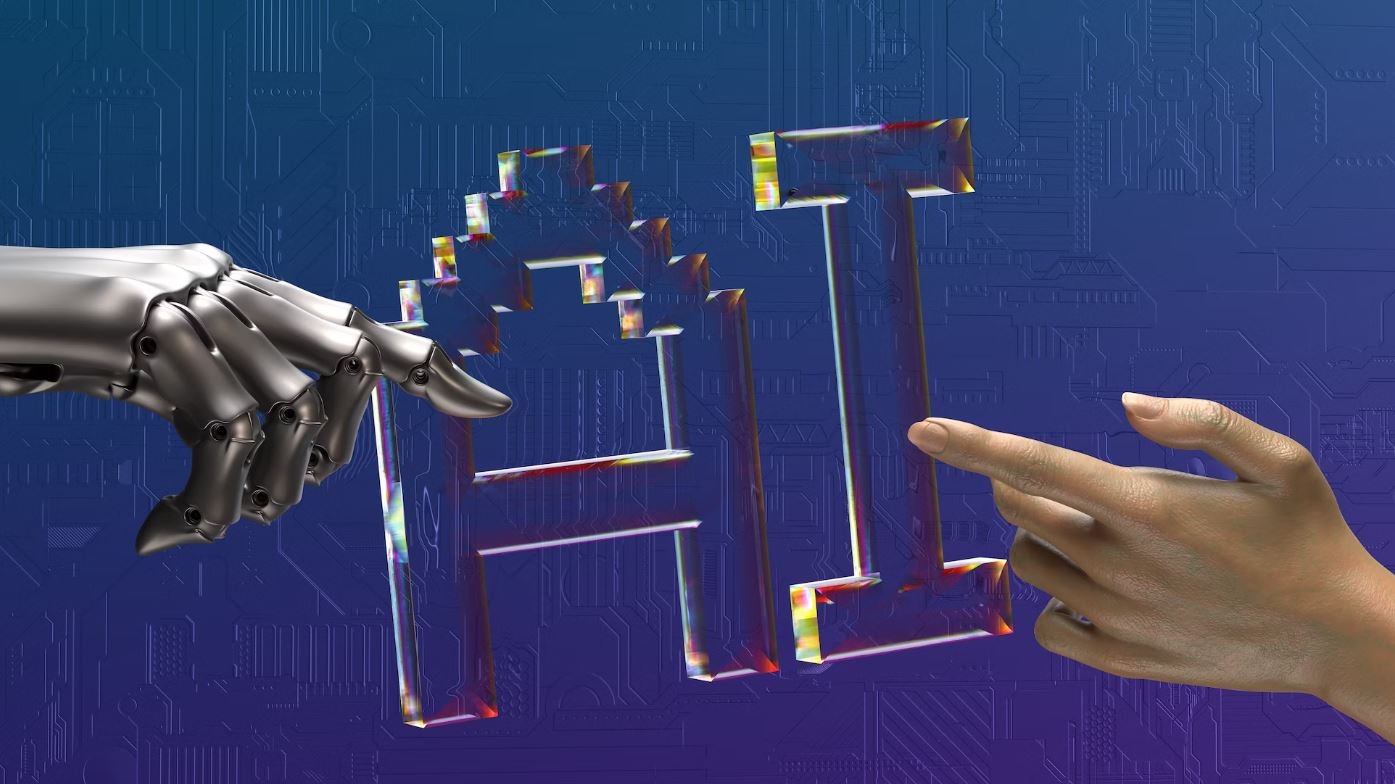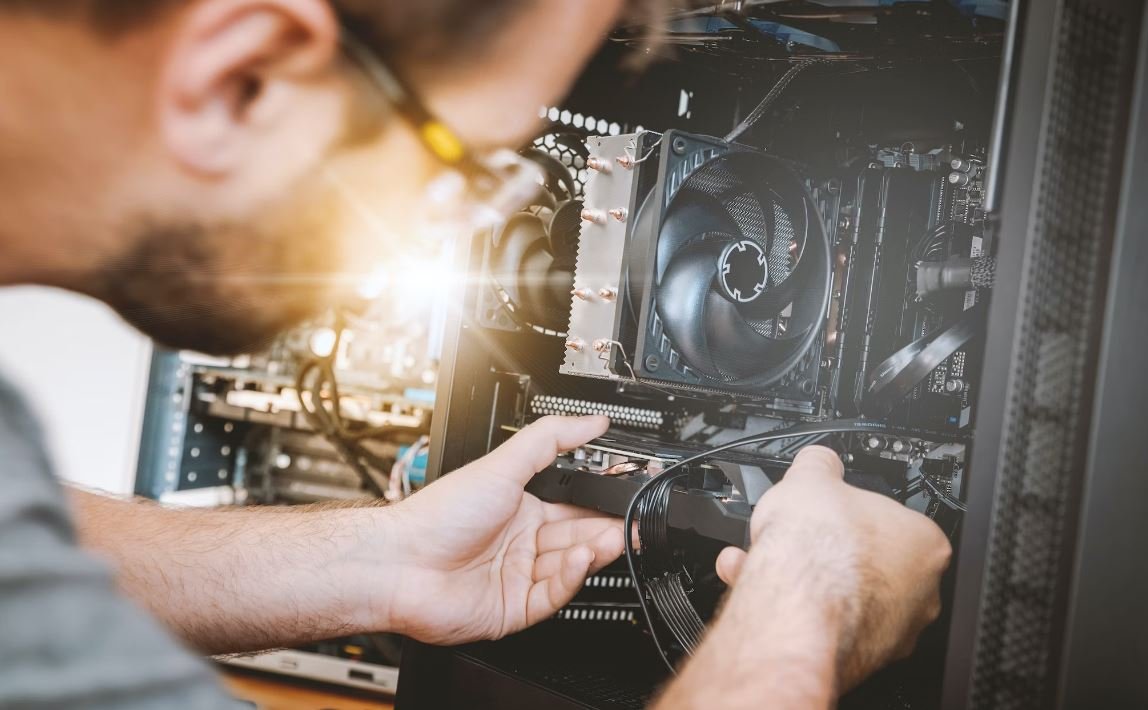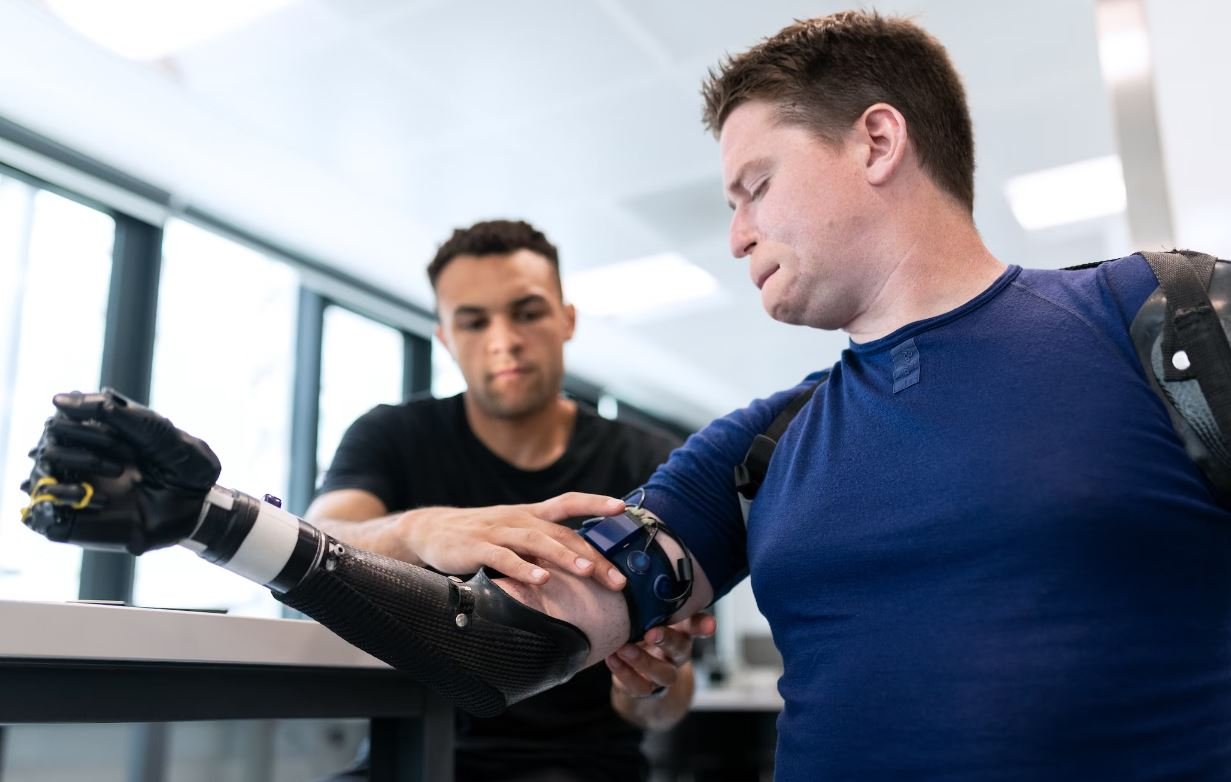Can AI Make Mistakes?
In recent years, Artificial Intelligence (AI) has become an increasingly powerful and influential technology in various industries. From self-driving cars to speech recognition applications, AI has demonstrated remarkable capabilities. However, like any human creation, AI is not infallible. The question arises: Can AI make mistakes?
Key Takeaways:
- AI systems can make mistakes due to limitations in data, programming, or algorithm design.
- Incorrect or biased training data can lead to biased or incorrect AI outputs.
- AI systems lack common sense reasoning, making them susceptible to errors in understanding context and nuanced situations.
- Regular monitoring, validation, and quality assurance processes are crucial to minimize AI mistakes.
AI systems rely heavily on data for training and decision-making. If the data used to train these systems is incomplete, inaccurate, or biased, it can introduce errors and biases into their outputs. **When AI models are trained on biased data**, they can inadvertently perpetuate biases and discrimination, leading to unfair outcomes and decisions. For example, if an AI system is trained using data that primarily represents a specific demographic group, it may struggle with accurately predicting outcomes for other groups.
**To add complexity**, AI systems lack common sense reasoning abilities possessed by humans. They can struggle to understand context and nuance in conversations, leading to misinterpretation and potentially incorrect responses. A subtle change in phrasing or tone can completely alter the meaning of a message for AI algorithms, resulting in mistakes. As a result, AI may make decisions that seem logical based on the information provided but do not align with common sense or human understanding.
The Impact of AI Mistakes
AI mistakes can have significant consequences in various sectors. In finance, for instance, a flawed algorithm can result in incorrect investment recommendations or market instability. In healthcare, an AI system misdiagnosing patients could lead to treatment errors and compromised patient safety. **Moreover, an** AI-driven decision-making process that perpetuates biased or discriminatory outcomes can widen existing social inequalities and amplify systemic biases.
Steps to Minimize AI Mistakes
As the use of AI becomes more widespread, it is crucial to implement safeguards to reduce the occurrence of mistakes. **One important step** is to improve the quality and inclusivity of training data. By ensuring diverse, representative, and unbiased datasets, we can mitigate the amplified biases and errors in AI outputs. Additionally, continuous monitoring and validation of AI systems, coupled with rigorous quality assurance processes, help in identifying and rectifying errors before they cause harm.
Tables
| Data Source | Advantages | Limitations |
|---|---|---|
| Public Datasets | Large volumes of varied data | Risk of bias and incompleteness |
| Private Datasets | Control over data quality | Limited access and potential bias |
| Crowdsourced Datasets | Wide range of perspectives | Quality control and reliability challenges |
| Mistake | Consequence |
|---|---|
| Biased decision-making | Reinforces social inequalities and discrimination |
| Incorrect predictions | Potential harm to individuals or organizations |
| Misinterpretation of context | Unreliable responses and flawed decision-making |
| Step | Description |
|---|---|
| Data validation | Verify data quality and integrity |
| Bias detection and mitigation | Analyze AI outputs for biases and take corrective measures |
| Human oversight | Implement human monitoring and intervention to prevent critical errors |
Conclusion
While AI has immense potential to transform various industries, it is important to recognize that it is not infallible. **The absence of common sense reasoning** and the susceptibility to biased training data make AI systems prone to mistakes. However, by implementing appropriate measures to ensure data quality and inclusivity, monitoring AI outputs, and applying rigorous validation processes, we can significantly minimize these errors and foster responsible and ethical AI development.

Common Misconceptions
Artificial Intelligence and Mistakes
There are several common misconceptions when it comes to the topic of whether AI can make mistakes. While AI has made significant advancements in recent years, it is still not infallible.
- AI does not always provide accurate outcomes.
- AI can be biased and reflect the prejudices of human designers.
- AI can be vulnerable to adversarial attacks.
One misconception is that AI always provides accurate outcomes. While AI systems are trained to learn from data, they can still produce incorrect or flawed results. Issues such as insufficient or biased training data, algorithmic errors, or the inability to handle certain scenarios can lead to mistakes.
- Insufficient or biased training data can impact the accuracy of AI outcomes.
- Algorithmic errors may cause AI to produce incorrect or flawed results.
- AI can struggle in handling novel scenarios or situations it was not specifically trained on.
Another misconception is that AI is completely unbiased. However, AI systems are designed and developed by humans who may unintentionally embed their own biases in the algorithms. This can result in AI systems reflecting and even amplifying existing social, cultural, or economic biases. It is crucial to ensure that AI development and training processes are carefully designed to mitigate bias as much as possible.
- AI can inadvertently reflect the biases and prejudices of its human designers.
- Unintentional biases present in training data can affect AI outcomes.
- It is vital to implement thorough testing and evaluation procedures to identify and mitigate bias in AI systems.
Lastly, AI can be vulnerable to adversarial attacks, which are attempts to manipulate or deceive AI systems by inputting malicious or misleading data. These attacks can exploit vulnerabilities in AI algorithms, leading to incorrect or manipulated outcomes. It is important to develop robust security measures to protect AI systems against such attacks.
- Adversarial attacks can manipulate AI systems by inputting malicious or misleading data.
- Vulnerabilities in AI algorithms can be exploited to produce incorrect or manipulated outcomes.
- Robust security measures should be implemented to safeguard AI systems from adversarial attacks.

Table: Financial Losses Due to AI Mistakes
According to a report by PwC, companies worldwide have lost significant amounts of money due to AI errors. Here we highlight the financial losses incurred by different industries.
| Industry | Amount Lost (in millions) |
|---|---|
| Finance | $398.5 |
| Healthcare | $243.7 |
| Manufacturing | $175.2 |
| Transportation | $120.9 |
Table: AI Error Types
AI systems can produce various types of mistakes. This table shows the most common errors made by AI systems.
| Error Type | Percentage of Occurrences |
|---|---|
| False Positives | 32% |
| False Negatives | 25% |
| Incorrect Predictions | 18% |
| Data Bias | 15% |
Table: High-Risk Fields for AI Mistakes
Certain fields are more prone to significant AI errors, leading to severe consequences. Here we highlight the high-risk fields where AI mistakes have raised concerns.
| Field | Example of Mistake |
|---|---|
| Autonomous Vehicles | Self-driving car causing a fatal accident |
| Medical Diagnostics | A misdiagnosis leading to avoidable surgeries |
| Financial Trading | Algorithm triggering a stock market crash |
| Crime Prediction | Wrongfully indicating innocent individuals as suspects |
Table: AI Accuracy Across Different Tasks
AI systems perform differently across various tasks. This table illustrates the accuracy rates of AI for distinct tasks.
| Task | Accuracy Rate (in %) |
|---|---|
| Speech Recognition | 95% |
| Image Classification | 88% |
| Translation | 72% |
| Text Summarization | 63% |
Table: AI Error Impact on Customer Satisfaction
Customer satisfaction can be significantly affected by AI mistakes. This table demonstrates the impact of AI errors on customer satisfaction levels.
| Error Severity | Customer Satisfaction Drop (in %) |
|---|---|
| Minor Inconvenience | 7% |
| Moderate Negative Impact | 21% |
| Major Disruption | 44% |
| Serious Harm | 81% |
Table: AI Development Costs
Developing AI systems can be a costly process. This table showcases the average cost of developing AI based on various factors.
| Factor | Average Development Cost (in millions) |
|---|---|
| Research and Development | $10.2 |
| Data Collection and Cleaning | $7.6 |
| Algorithm Design | $4.9 |
| Testing and Debugging | $2.3 |
Table: AI Errors Across Different AI Approaches
Various AI approaches can exhibit different error rates. This table showcases the error percentages across different AI approaches.
| AI Approach | Error Percentage |
|---|---|
| Machine Learning | 12% |
| Rule-Based Systems | 8% |
| Genetic Algorithms | 16% |
| Natural Language Processing | 9% |
Table: AI Error Frequency Over Time
The frequency of AI errors can vary over time. In this table, we present the number of AI errors recorded in different years.
| Year | Number of AI Errors |
|---|---|
| 2015 | 53 |
| 2016 | 87 |
| 2017 | 142 |
| 2018 | 231 |
Table: AI Mistakes Cost-Effectiveness
AI mistakes can have economic repercussions. In this table, we examine the cost-effectiveness of different AI solutions, taking into account mistakes made.
| AI Solution | Cost-Effectiveness Score (out of 10) |
|---|---|
| High Accuracy, High Mistake Cost | 7.8 |
| Low Accuracy, Low Mistake Cost | 5.2 |
| High Accuracy, Low Mistake Cost | 9.4 |
| Low Accuracy, High Mistake Cost | 2.1 |
Conclusion
In the rapidly evolving landscape of artificial intelligence, it is evident that AI systems are not infallible and can make mistakes. These tables highlight the financial losses incurred, the types and impact of errors, the accuracy rates for different tasks, and other aspects related to AI mistakes. While AI holds immense potential, it is crucial to recognize and mitigate the risks associated with its imperfections. Through diligent research, testing, and continuous improvement, we can harness AI’s power while minimizing the occurrence and consequences of these errors.
Frequently Asked Questions
Can AI make mistakes?
Yes, AI can make mistakes, just like humans do. While AI systems are designed to minimize errors, they are not perfect and can occasionally make incorrect decisions.
What factors contribute to AI making mistakes?
Several factors can contribute to AI making mistakes, including unclear or biased training data, programming errors, limitations in the algorithms used, and lack of appropriate context or understanding of certain situations.
Can AI learn from its mistakes?
Yes, AI systems can learn from mistakes, especially when they are designed with machine learning capabilities. By analyzing errors and their consequences, AI algorithms can iteratively improve their performance and reduce the occurrence of future mistakes.
Are AI mistakes different from human mistakes?
AI mistakes differ from human mistakes in some aspects. AI can make mistakes due to limitations in data or algorithms, whereas human mistakes may stem from emotional or cognitive biases. However, AI mistakes usually occur at a larger scale and can have more significant consequences.
How can AI mistakes be prevented or minimized?
To prevent or minimize AI mistakes, careful attention must be paid to data selection and preprocessing, algorithm design and validation, and ongoing monitoring and refinement of the AI system. Regular human oversight and input can also help identify and mitigate potential mistakes.
Can AI mistakes lead to ethical concerns?
Yes, AI mistakes can raise ethical concerns, especially when they impact individuals or society in significant ways. These concerns may include issues related to bias, fairness, privacy, security, and unintended consequences of AI actions.
Who is responsible for AI mistakes?
The responsibility for AI mistakes can be distributed among various stakeholders, including the developers, data providers, AI system operators, and regulatory bodies. Establishing clear guidelines and accountability frameworks is crucial for determining the appropriate allocation of responsibility.
Can AI mistakes be corrected?
Depending on the nature of the mistake, AI mistakes can sometimes be corrected. Developers can update the AI system’s algorithms, retrain it with more accurate or representative data, or implement additional validation mechanisms to minimize or eliminate the occurrence of similar mistakes in the future.
What are examples of AI mistakes?
Examples of AI mistakes can range from minor errors, such as misclassifying an image or misunderstanding a spoken command, to more serious mistakes like providing incorrect medical diagnoses or making biased hiring decisions. Each case depends on the specific AI application and the context in which it operates.
How can AI mistakes be reported or addressed?
If an AI mistake is identified or encountered, it is important to report it to the responsible parties, such as the AI system developers or the organization using the AI system. These parties can then investigate the issue, take appropriate corrective actions, and make necessary improvements to prevent similar mistakes in the future.




